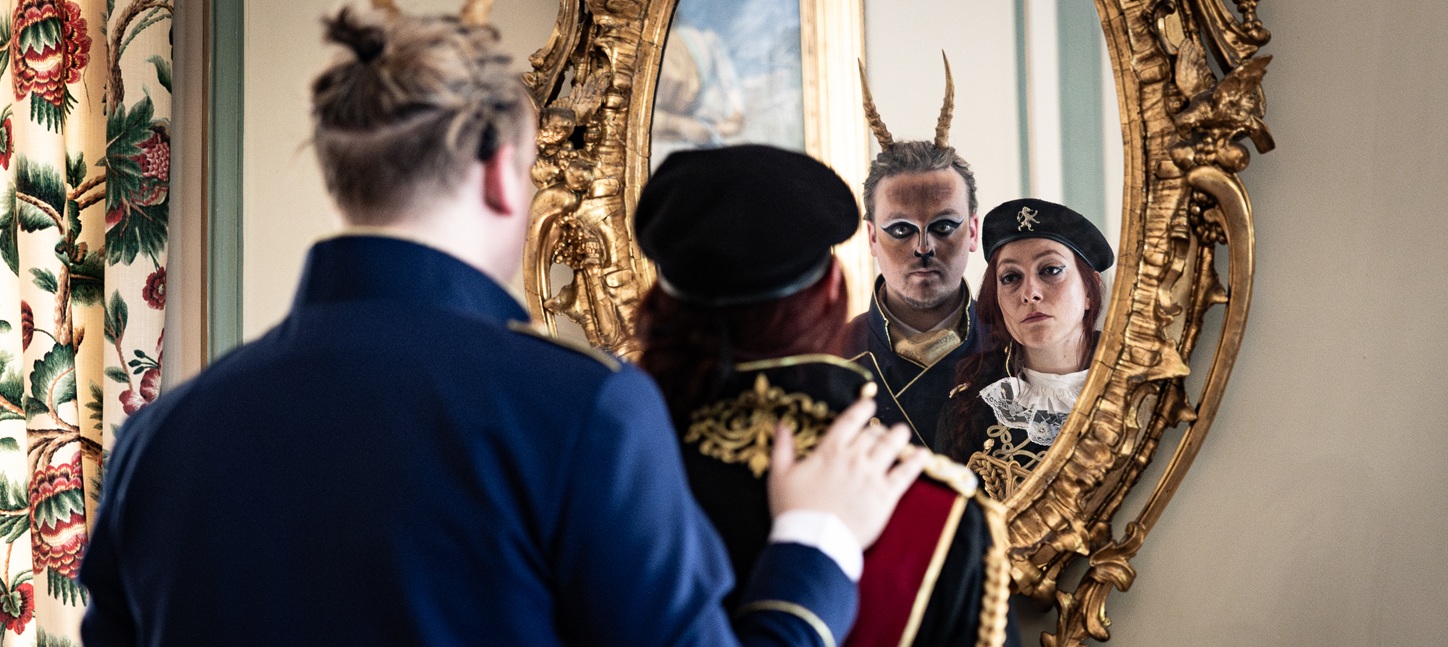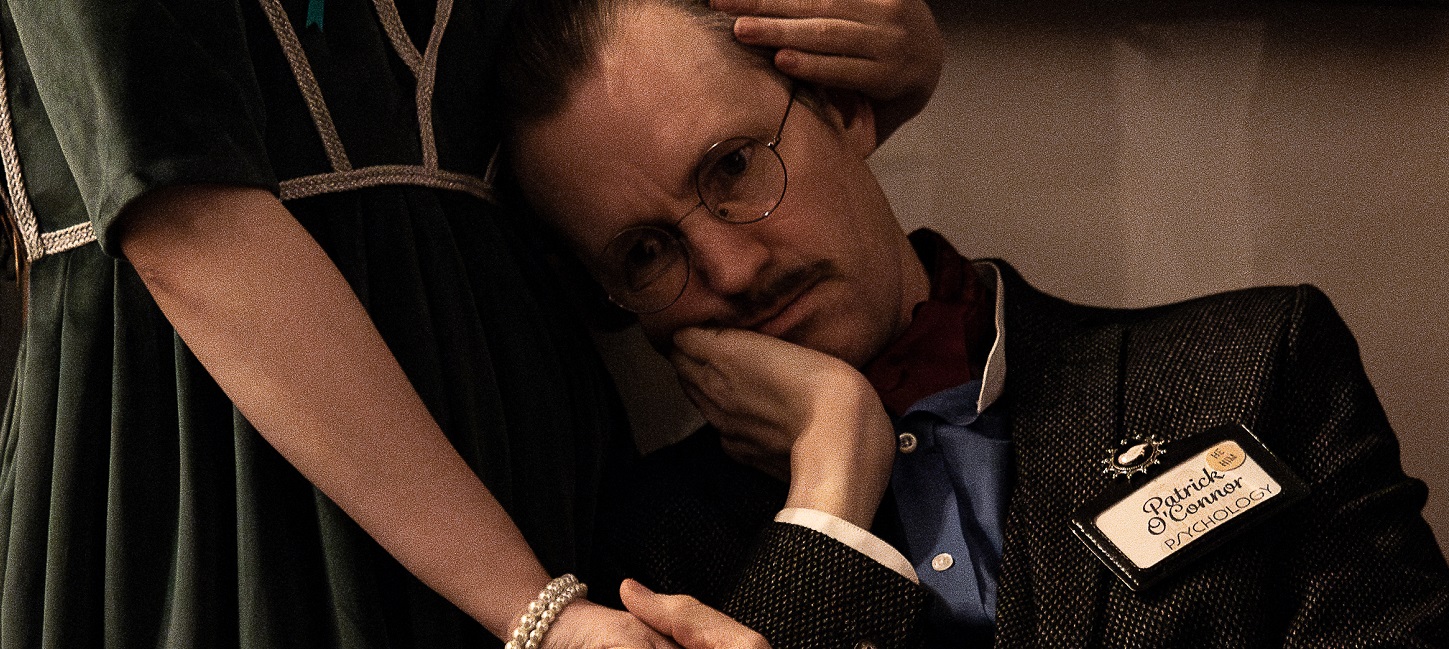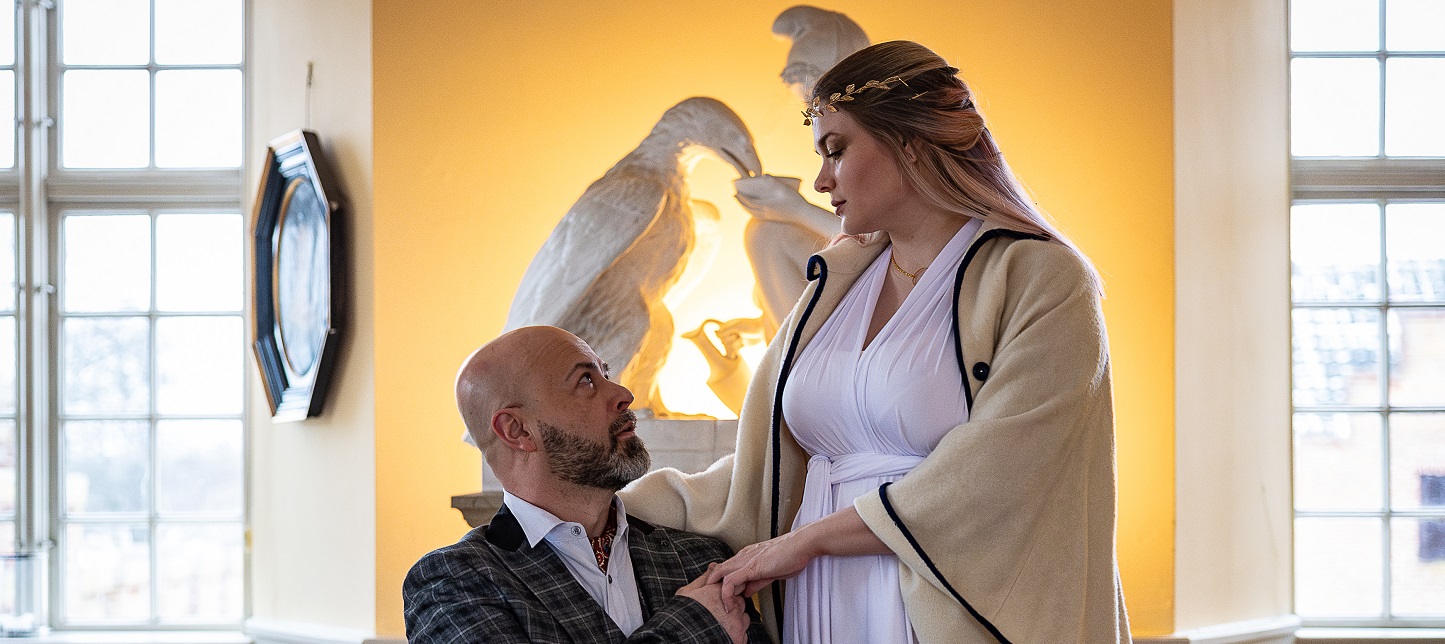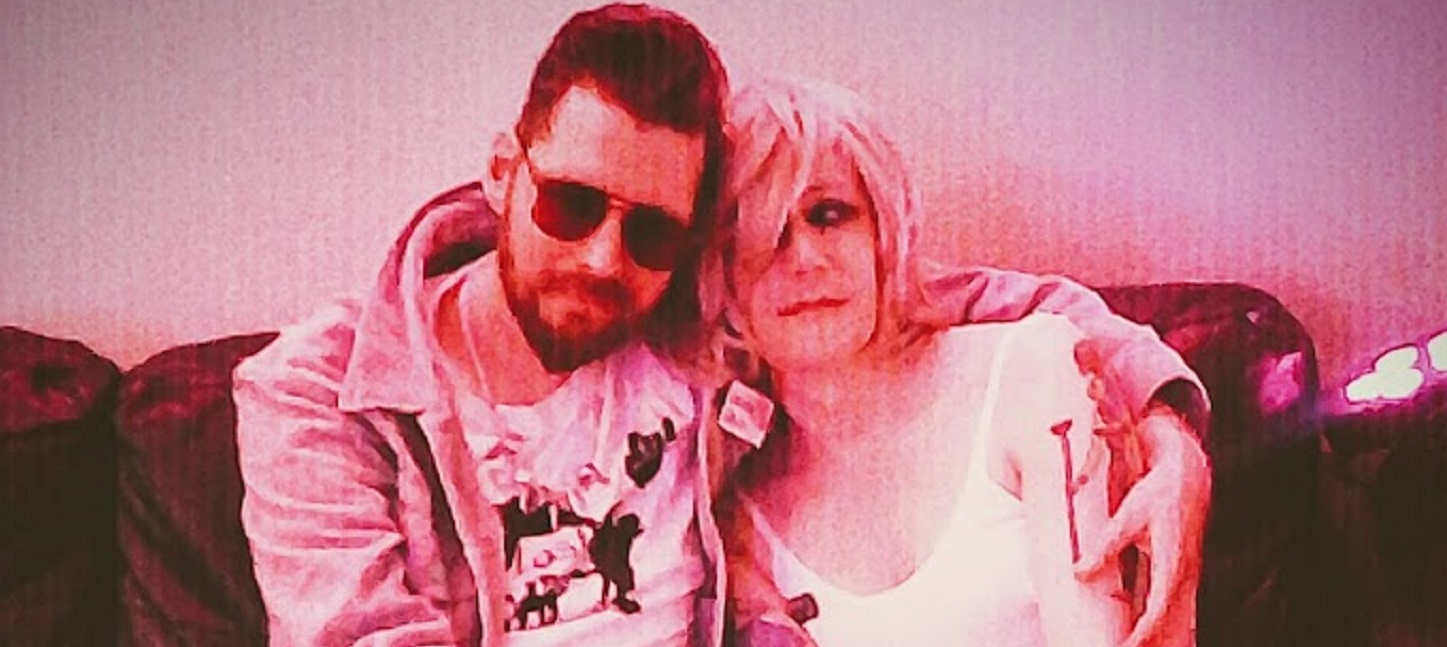Tag: dyadic play
-

Together, Apart: Dyadic Play in Larp
in
Designing characters in pairs can lead to two people locked into a singular dynamic that shapes the larp experience around them.
-

Out of Nothing, Something
In the larp Helicon, a specific kind of beauty spontaneously emerged when players’ actions collectively created a wonderfully coherent whole.
-

Helicon: An Epic Larp about Love, Beauty, and Brutality
Ritual play in which group of artists, leaders, and scientists bind the Muses of antiquity to their will.
